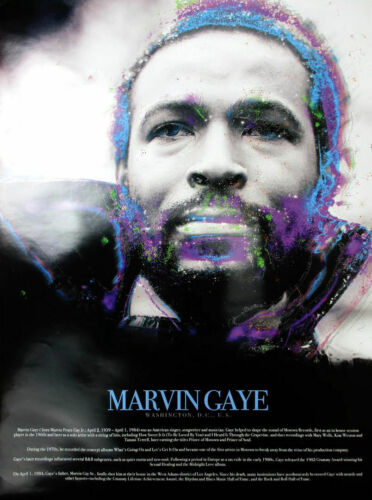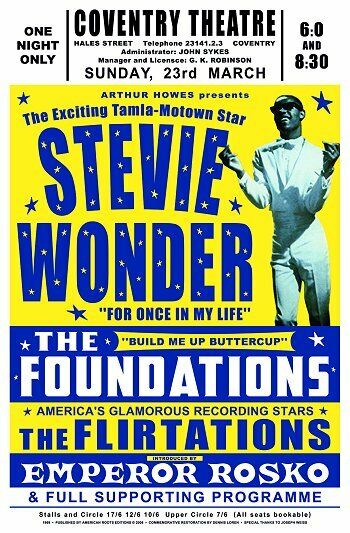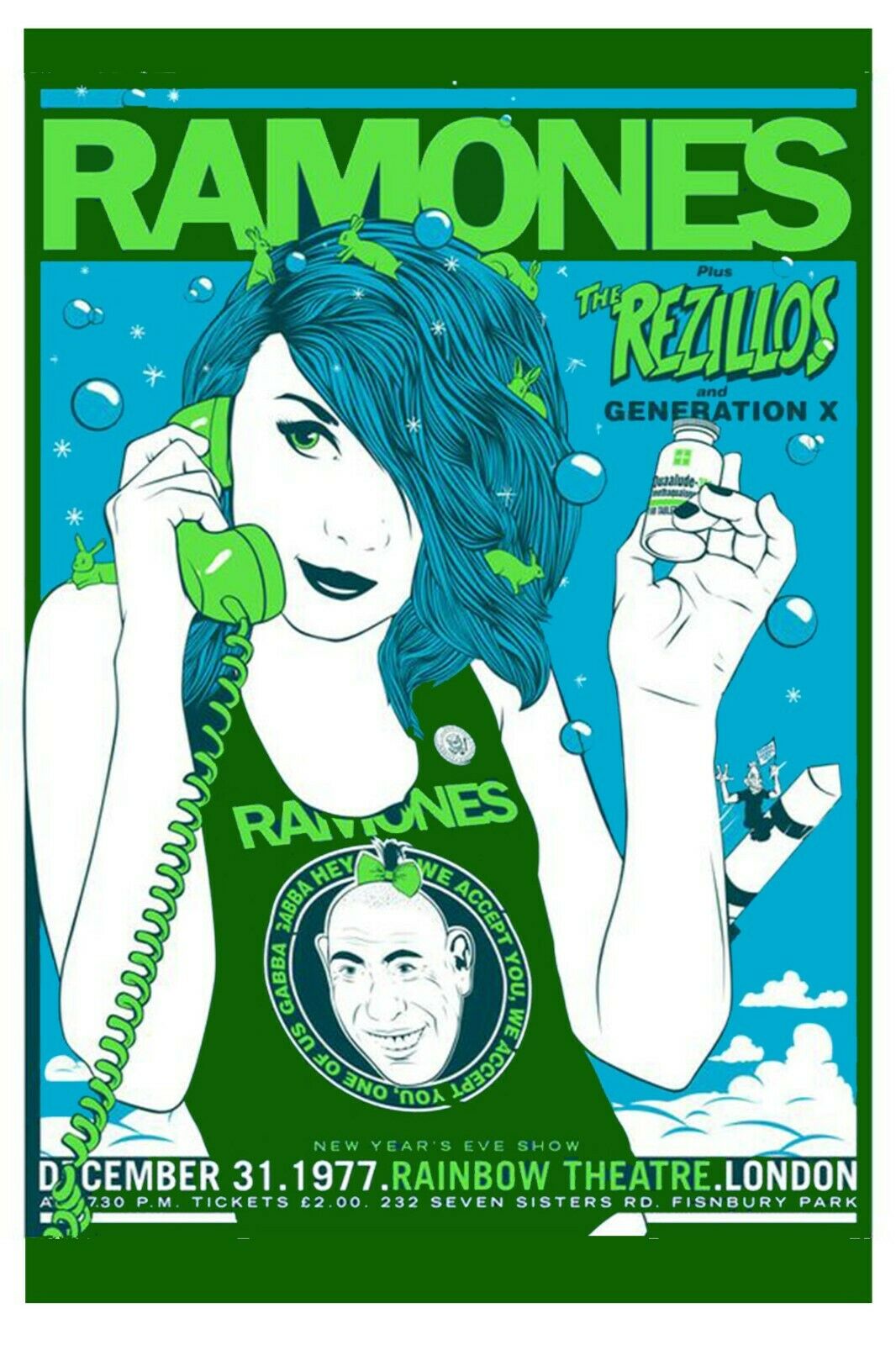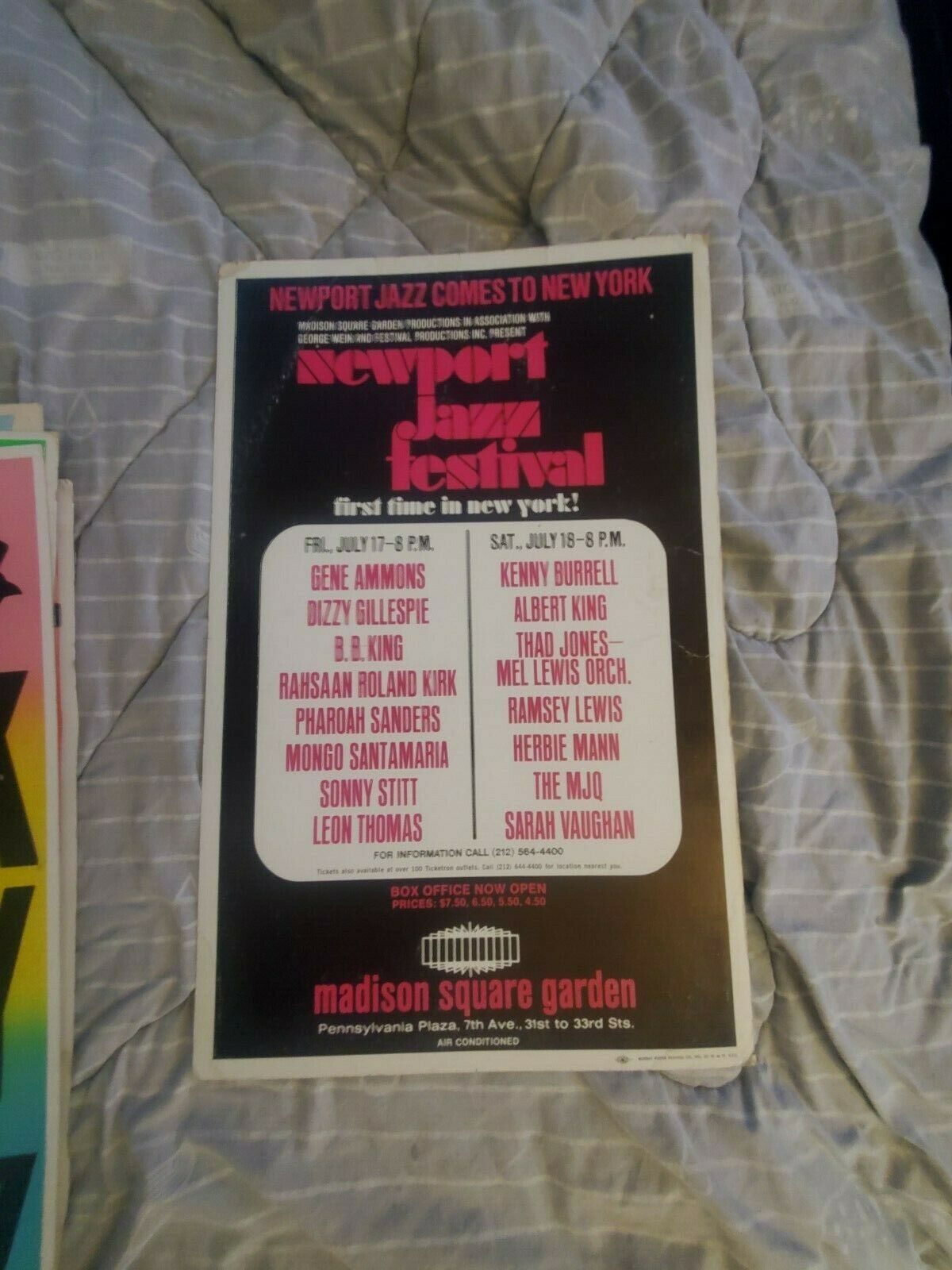-40%
VINTAGE CHICAGOLAND AFRICAN AMERICAN R&B AFRO DANCER KANKAKEE COUNTY PEMBROKE IL
$ 184.79
- Description
- Size Guide
Description
An original cardboard advertisement poster from the late 1960s/early 1970s measuring approximately 22 x 14 inches. Thanks for looking.The Ongoing Poverty
of Pembroke, Illinois
The downstate community of Pembroke
is in the news again for its poverty, as it
has been for over four decades. Studies
and plans come and go, but it’s remained
rural, agricultural, and barely
developed—which is its next plan for the future.
BY WHET MOSER

Eugene Thomas, a Hopkins Park, Ill., resident in 1999. He had been living in Hopkins Park since 1967. PHOTO: CHICAGO TRIBUNE
PUBLISHED SEPT. 21, 2011
Several people pointed me to
“Behind the Poverty Numbers: Real Lives, Real Pain,”
a series by several AP reporters of recessionary vignettes across America. The Chicago Reporter’s Megan Cottrell calls it
“2011’s must-read story on poverty.”
It’s excellent and well worth your time. But one thing jumped out at me, the location of the first portrait: “the Illinois town of Pembroke, one of the poorest in the Midwest, where schools and stores have closed. Keith Bobo, a resident trying to launch revitalization programs, likened conditions to the Third World.”
I knew Pembroke—technically Pembroke Township, about 70 miles south of Chicago and a few miles east of Kankakee on the Illinois-Indiana border—from somewhere. Turns out I remembered it from an excellent 2010 Chicago Reader article by Topher Gray,
“From Farm to Food Desert,”
about a project to bring food from black farmers south of here, both in the South and downstate, to Chicago farmers’ markets. Rev. Al Sampson of Roseland’s Fernwood United Methodist Church took Gray on a tour of Hopkins Park, in Pembroke Township, introducing him to one of the local farmers:
Thurman’s father was born in 1902 and moved to Kankakee County from Mississippi in the 1940s. “He wanted a place to come that was different than the south, a place where he could hold his head up,” Thurman says. “He was in the era where you got 40 acres and a mule, but he never got his.” After first checking out Chicago, he decided to put down roots in Pembroke Township, in what was already an established African-American farming community.
Former slaves had settled eastern Kankakee County in the 1860s. Runaway slave Joseph “Pap” Tetter and his large family founded the village of Hopkins Park on 42 acres that would be subdivided and sold, with revenues used to support the Underground Railroad. Further waves of black farmers came during the Great Migration and especially the Great Depression. Even in the 1930s, land was still available for black farmers to settle because much of Pembroke Township’s soil was seen as marginal, according to documents from the Kankakee County Museum.
How marginal? As Linnet Myers wrote in a
1999 piece for Chicago Tribune Magazine
:
Though nestled in farm-rich Kankakee County, Hopkins Park has soil so dismal that Philip Gersmehl, a University of Minnesota geographer who has studied the area, declared it “preprogrammed for poverty.”
It is “almost without question the poorest piece of land in eastern Illinois,” says Gersmehl, who theorizes that a glacial lake retreated from the area 15,000 years ago and left “sandy ground that doesn’t grow anything.”
In fact, some joke that in Hopkins Park, “the land is so bad you can’t raise hell on it,” says Rev. Hezekiah Brady Jr., a longtime resident and retired pastor of the Pembroke Community Reformed Church.
In 2007, the University of Illinois Extension delved
further into the region’s geology
:
The unique Pembroke Savannas were created in the last Ice Age. They resulted from raging glacial meltwaters that flooded northeastern Illinois as successive stages of the Pleistocene glaciers liquefied and retreated to the north, leaving glacial lakes in their wake. As these lakes evaporated, they left deposits of fine sediments—mostly sands that were pushed by prevailing winds into dunes. Ultimately, the dunes hosted a unique aggregation of plants and animals that thrived in sandy, well-drained soils.
It’s appropriate that the AP story begins with Pembroke, since the poverty there has been so intense for so many years, and of a different kind than is otherwise familiar to the Midwest: a small pocket of deep-South poverty. Instead of the crumbling development of the Rust Belt, it’s the poverty of a place that was never really developed. Compare the AP lede:
It’s hard to find some of the poorest residents in Pembroke. They live in places like the tree-shaded gravel road where the Bargy family’s dust-smudged trailer is wedged in the soil, flanked by overgrown grass.
By the official numbers, Pembroke’s 3,000 residents are among the poorest in the region, but the problem may be worse. The mayor believes as many as 2,000 people were uncounted, living far off the paths that census workers trod.
With that of a 1974 Tribune article by Anne Keegan:
Nobody knows how many people live here.
Down amidst the soybeans, the 6-foot-high corn, the flowers growing wild along the road and—the poverty. Where there are no addresses on the doors and most of the roads are dirt.
Or from the AP story:
No post office, no supermarket, no pharmacy, no barber shop or gas station. School doors are shuttered. The police officers were all laid off, a meat processing plant closed. In many places, light switches don’t work, and water faucets run dry. Residents let their garbage smolder on their lawn because there’s no truck to take it away; many homes are burned out.
And the Trib:
There is no doctor, no lawyer, no bank in the 56 square miles. There are no sewers, no drainage systems, no public transportation system. With every heavy rain, the area floods, basements fill up, yards are under water and the wells become contaminated. The dusty roads become muddy mires and nobody can get thru.
Pembroke is often referred to as “forgotten,” but in some ways it’s not; over the past 40 years, it’s been the subject of pieces by the Tribune, the New York Times, the Christian Science Monitor, the Los Angeles Times, the Oprah Winfrey Show, People, and CBS. Richard Nixon sent a task force to the town during his presidency. As Rev. Hezekiah Brady told the Trib in 1981, “We have been surveyed in, out, over, under, and every other angle imaginable. More people have received their Ph.D’s off of Pembroke than anywhere else. Yet, nothing changes.”
It also received a senior citizens center, a village hall, community center, and canning factory during the years of the Great Society. “[M]ore than million in federal funds were funneled into the township in the last six years,” the Trib reported in 1981. “In 1978, the state spent six times more money per person in Pembroke than the average in Illinois, according to a report by the state comptroller. But the money was not well-spent. One study shows that of every invested in Pembroke, only 17 cents directly benefits the people. The rest is spent administering programs.” Nonetheless, when reporter Fern Schumer visited, Pembroke had no sewers and no central water supply—obviously a disastrous combination—nor a gas pipeline or many paved roads. In Myers’s 1999 piece, seed money for a gas pipe is mentioned, but when Gray reported from there in 2010 the line from Kankakee still hadn’t been extended. Some roads were paved when a women’s prison was announced for the site under the administration of George Ryan, but million dollars into its construction Rod Blagojevich pulled the plug. Instead, it got a paratransit bus, a computer lab, paving for a few miles of road and gravel for a few more, a health fair, and a fresh coat of paint on the playgrounds.
Now Pembroke is in the spotlight again for being what it’s always been: a small agricultural town. As Gray’s Reader article, as well as a
2007 piece by the Tribune’s Don Terry
note, the tragic economic history of Pembroke has left it oddly well situated for the boom in organic produce and farmers markets. Industry and industrial agriculture passed the soil-poor area by, so few farmers there use pesticides.
The farmers hope to help pull the township out of its hard times by keeping it as natural and “country” as possible, to preserve the quality of life that brought them there. Their mantra is self-sufficiency, and around the conference table of their little white meeting house on Main Street, their talk is of wind farms, solar-energy panels and eco-tourism. They love the smell of farm fields covered in cow manure in the morning.
For the same reason, much of the
black oak savannas
are preserved, and the Nature Conservancy has been working on cross-state restoration of the Kankakee Sands, maintaining the 85-acre
Pembroke Savanna Nature Preserve
, as the latest in Pembroke’s long line of hopes is its first. Source: chicagomagdotcom
Tribune Showprint began as the Benton County Tribune in 1878. The original owners, A.L. Pittenger and Richard Stockholm opened the shop in Fowler, IN above the local bank. The shop specialized in show cards that could be placed in shop windows or posted outdoors to advertise events and political campaigns. In April of 1977 the shop was purchased by Arvel and Mildred Furr. It moved to Earl Park from Fowler after World War II and its owner, Arvel Furr, specialized in posters. In 2001, Mrs. Kelley purchased the shop from Johnny, who continued to run the shop after his father passed away. In May of 2016 Tribune Showprint was purchased by Kim Miller and Her Husband from Mrs. Kelly.
Tribune Showprint has printed showcards for countless politicians, fairs, carnivals, races, auctions and movies. Some of its more famous clients have included B.B King, the Jackson Five, the Blues Brothers and George Clinton and Parliament-Funkadelic.
Years ago, the business printed newspapers, letterheads and other items.The Babcock flatbed presses are identical to those used by weekly newspapers in the1800s.
Tribune Showprint now designs and produces hundreds of made to order posters for concerts, sporting events, festivals, and carnivals one letter at a time. Source: Tribune-showprintdotcom.












